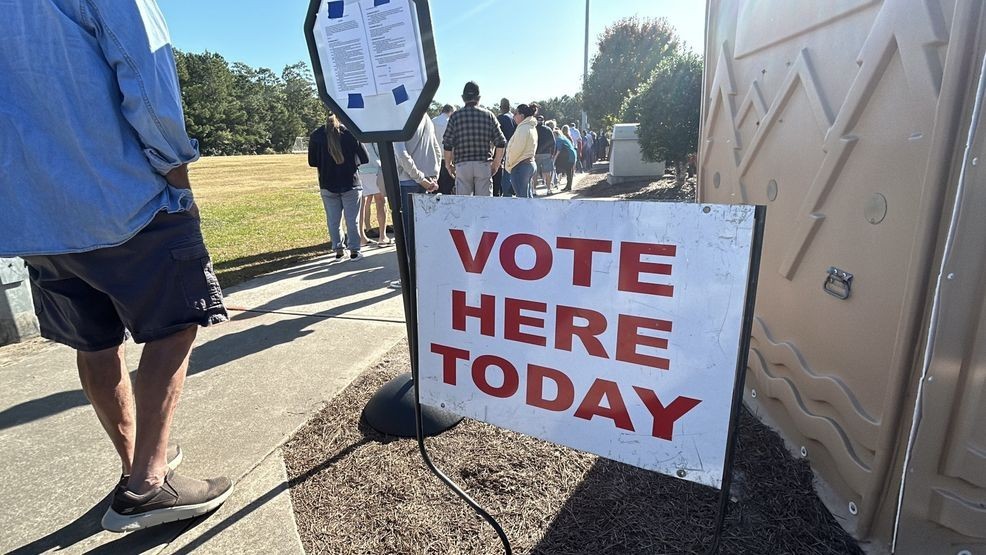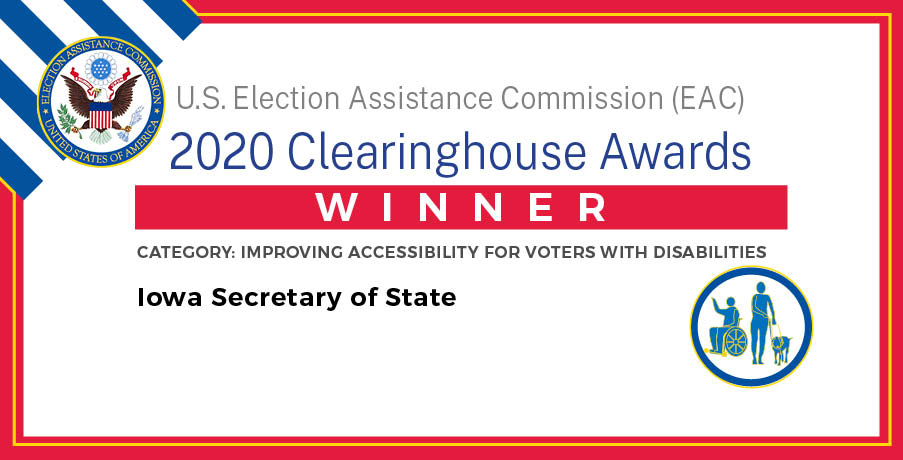Voter Turnout In Florida And Wisconsin: Implications For The Political Climate

Table of Contents
Historical Trends in Voter Turnout: Florida
Presidential vs. Midterm Elections:
Florida's voter turnout consistently demonstrates a significant difference between presidential and midterm elections. Presidential elections typically boast much higher participation rates.
- 2020 Presidential Election: Approximately 82% voter turnout. This high turnout was driven by heightened political polarization and the intense national focus on the election.
- 2022 Midterm Election: Turnout dropped considerably to around 50%, a common pattern reflecting decreased engagement in non-presidential years. Factors such as a lack of high-profile statewide races and voter fatigue likely contributed to this decline.
- 2018 Midterm Election: Around 50% turnout, similar to 2022, indicating a consistent pattern of lower engagement during midterms.
These variations highlight the importance of understanding the factors that drive voter engagement in different election cycles, influencing future election strategies and outreach.
Demographic Analysis of Florida Voters:
Analyzing Florida's voter participation by demographic group reveals significant disparities.
- Age: Older voters consistently demonstrate higher turnout rates compared to younger demographics.
- Race and Ethnicity: Turnout varies across racial and ethnic groups, with historical and systemic factors influencing participation levels. Efforts to increase registration and engagement among underrepresented groups are crucial to improving overall turnout.
- Education and Income: Higher education and income levels are often correlated with higher voter participation rates.
Impact of Voter Registration Laws in Florida:
Florida's voter registration laws have a direct impact on overall turnout.
- Registration Deadlines: Strict deadlines can disenfranchise potential voters, particularly those who are less informed or have mobility challenges.
- Online Registration: The availability of online registration has increased accessibility, but digital literacy remains a barrier for some segments of the population.
- Felony Disenfranchisement: Florida's laws regarding felon disenfranchisement affect voter turnout, particularly among specific demographic groups.
Historical Trends in Voter Turnout: Wisconsin
Presidential vs. Midterm Elections:
Similar to Florida, Wisconsin sees a significant difference between presidential and midterm election turnout.
- 2020 Presidential Election: Wisconsin experienced a high turnout rate, exceeding 70% – a result of the highly contested presidential race and increased political awareness.
- 2022 Midterm Election: Turnout decreased considerably to approximately 55%. This drop is in line with national trends but still suggests a relatively high level of engagement compared to some other states.
Demographic Analysis of Wisconsin Voters:
Wisconsin's demographic breakdown reveals patterns similar to Florida, though with some key differences.
- Age: Older voters consistently show higher turnout rates.
- Rural vs. Urban: Turnout can vary significantly between rural and urban areas, reflecting differences in access to information and civic engagement opportunities.
- Party Affiliation: Voter turnout is often influenced by the strength of party affiliation and candidate appeal within specific demographics.
Impact of Voter ID Laws in Wisconsin:
Wisconsin's voter ID laws have been a subject of considerable debate regarding their impact on turnout.
- Strict Requirements: The relatively strict requirements for acceptable forms of identification have been criticized for potentially disenfranchising voters who lack the necessary documentation.
- Impact on Specific Groups: The impact of these laws has disproportionately affected certain demographic groups, such as the elderly and low-income populations.
Comparing Florida and Wisconsin: A Comparative Analysis
Similarities and Differences in Turnout Patterns:
Both Florida and Wisconsin show similar trends of higher turnout in presidential elections and lower turnout in midterms. However, Florida generally sees higher overall turnout. Geographic factors, political culture, and historical party dynamics may contribute to these variations.
Implications for National Politics:
Both states hold significant electoral weight. Understanding voter turnout patterns in these swing states is crucial for predicting national election outcomes and analyzing shifts in political power. Their combined electoral votes can heavily influence presidential elections.
Influence on Policy and Legislation:
Voter turnout directly affects the types of policies enacted at both state and national levels. Higher turnout among certain demographics can result in policies more aligned with their interests.
Voter Turnout in Florida and Wisconsin: Key Takeaways and Future Outlook
This analysis reveals significant variations in voter turnout between presidential and midterm elections in both Florida and Wisconsin. Demographic factors and specific election laws play crucial roles in shaping participation rates. Understanding these trends is critical for predicting election outcomes and influencing future policy decisions. Improving voter turnout in Florida and Wisconsin requires addressing barriers to registration, promoting civic engagement through education and outreach, and ensuring equitable access to the ballot box for all eligible citizens. To further enhance your understanding of voter turnout in Florida and Wisconsin, consider exploring resources from state election boards, conducting independent research on relevant legislation, and engaging with local civic organizations working to improve voter participation. Let’s work together to ensure every voice is heard and that we achieve a truly representative democracy.

Featured Posts
-
 Medvedev Missili E Russofobia L Analisi Della Tensione In Europa
May 03, 2025
Medvedev Missili E Russofobia L Analisi Della Tensione In Europa
May 03, 2025 -
 Reform Uks Growing Political Power Insights From Nigel Farage
May 03, 2025
Reform Uks Growing Political Power Insights From Nigel Farage
May 03, 2025 -
 Play Station Showcase 2024 Ps 5 Fans Two Year Wait Almost Over
May 03, 2025
Play Station Showcase 2024 Ps 5 Fans Two Year Wait Almost Over
May 03, 2025 -
 Shock Exits Two Stars Leave Celebrity Traitors Uk
May 03, 2025
Shock Exits Two Stars Leave Celebrity Traitors Uk
May 03, 2025 -
 Nebraskas Successful Voter Id Campaign A National Clearinghouse Award Winner
May 03, 2025
Nebraskas Successful Voter Id Campaign A National Clearinghouse Award Winner
May 03, 2025
